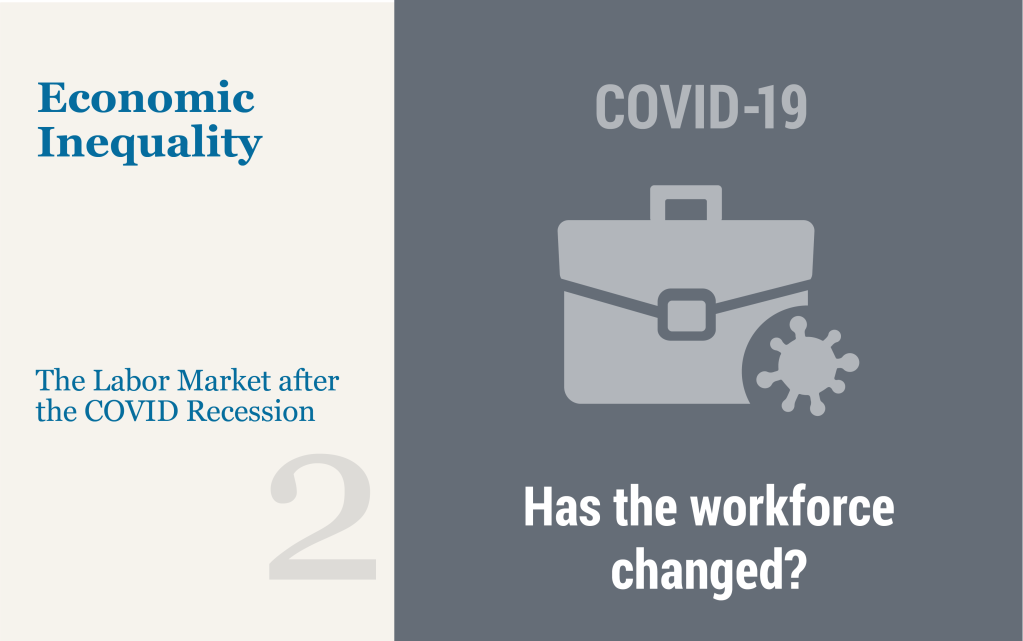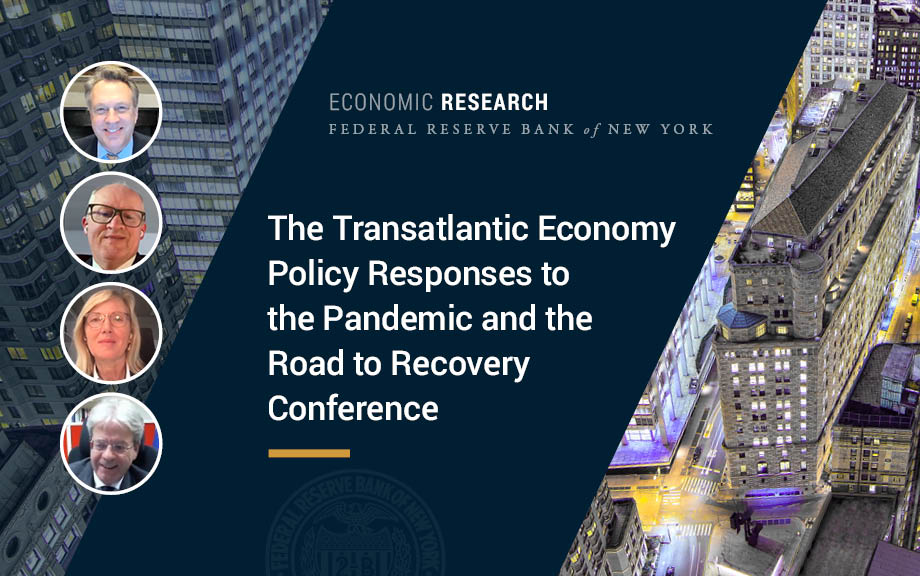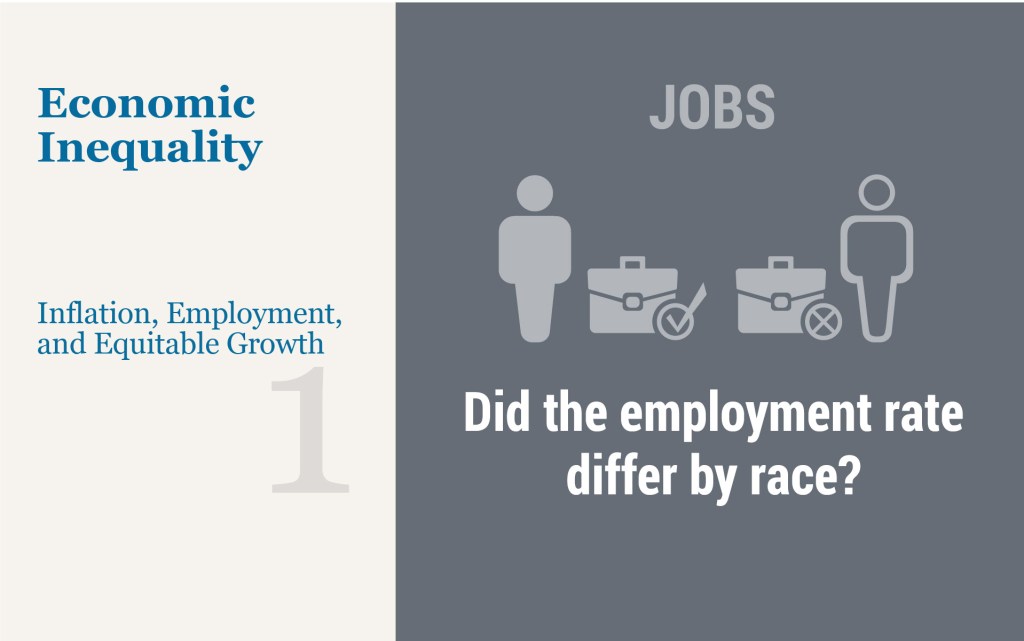Global Supply Chain Pressure Index: The China Factor

In a January 2022 post, we first presented the Global Supply Chain Pressure Index (GSCPI), a parsimonious global measure designed to capture supply chain disruptions using a range of indicators. In this post, we review GSCPI readings through December 2022, and then briefly discuss the drivers of recent moves in the index. While supply chain disruptions have significantly diminished over the course of 2022, the reversion of the index toward a normal historical range has paused over the past three months. Our analysis attributes the recent pause largely to the pandemic in China amid an easing of “Zero COVID” policies.
SCE Labor Market Survey Shows Average Reservation Wage Continues Upward Trend

The Federal Reserve Bank of New York’s November 2022 SCE Labor Market Survey shows a rise in the average reservation wage—the lowest wage respondents would be willing to accept for a new job—to $73,667, its highest level since the series began in 2014. Respondents’ satisfaction with wage compensation, non-wage benefits, and promotion opportunities at their current job all improved in November compared to July. Regarding expectations, the average expected wage offer (conditional on receiving one) also increased and reached a new high.
A Look at the New York‑Northern New Jersey Region’s Pandemic Housing Boom

Since the start of the pandemic, home prices in the U.S. have increased by an astonishing 40 percent. The New York-Northern New Jersey region saw a similar meteoric rise, as home prices shot up by 30 percent or more almost everywhere—even in upstate New York, where economic growth was sluggish well before the pandemic hit. New York City is the exception, where home price growth was less than half that pace. Indeed, home prices actually declined in Manhattan early in the pandemic, though they have rebounded markedly since. Much of the region’s home price boom can be traced to the rise in remote work, which increased the already strong demand for housing at a time when housing inventories were low and declining. Home price increases have largely outpaced income gains through the pandemic boom, resulting in a reduction in housing affordability in the region. However, with mortgage rates rising, it appears that the region’s housing boom is waning, as it is for the nation as a whole, with prices leveling off, though the inventory of available homes remains historically low.
Long COVID Appears to Have Led to a Surge of the Disabled in the Workplace

Although most of those infected with COVID-19 have recovered relatively quickly, a substantial share has not, and remains symptomatic months or even years later, in what is commonly referred to as long COVID. Data on the incidence of long COVID is scarce, but recent Census Bureau data suggest that sixteen million working age Americans suffer from it. The economic costs of long COVID is estimated to be in the trillions. While many with long COVID have dropped out of the labor force because they can no longer work, many others appear to be working despite having disabilities related to the disease. Indeed, there has been an increase of around 1.7 million disabled persons in the U.S. since the pandemic began, and there are close to one million newly disabled workers. These disabled workers can benefit from workplace accommodations to help them remain productive and stay on the job, particularly as the majority deal with fatigue and brain fog, the hallmarks of long COVID.
What Have Workers Done with the Time Freed up by Commuting Less?

The COVID-19 pandemic has dramatically changed the way Americans spend their time. One of the most enduring shifts has occurred in the workplace, with millions of employees making the switch to work from home. Even as the pandemic has waned, more than 15 percent of full-time employees remain fully remote and an additional 30 percent work in hybrid arrangements (Barrero, Bloom, and Davis). These changes have substantially reduced time spent commuting to work; in the aggregate, Americans now spend 60 million fewer hours traveling to work each day. In this post, we investigate how people spend this saved time on other activities. Using detailed data from the American Time Use Survey (ATUS), we find that employed individuals allocate their saved commute time toward leisure activities and sleeping, while reducing overall work hours.
Three Key Facts from the Center for Microeconomic Data’s 2022 Student Loan Update

Today, researchers from the Center for Microeconomic Data released the 2022 Student Loan Update, which contains statistics summarizing who holds student loans along with characteristics of these balances. To compute these statistics, we use the New York Fed Consumer Credit Panel (CCP), a nationally representative 5 percent sample of all U.S. adults with an Equifax credit report. For this update, we focus on individuals with a student loan on their credit report. The update is linked here and shared in the student debt section of the Center for Microeconomic Data’s website. In this post, we highlight three facts from the current student loan landscape.
Pandemic Wage Pressures

The recovery since the onset of the pandemic has been characterized by a tight labor market and rising nominal wage growth. In this post, we look at labor market conditions from a more granular, sectoral point of view focusing on data covering the nine major industries. This breakdown is motivated by the exceptionality of the pandemic episode, the way it has asymmetrically affected sectors of the economy, and by the possibility of exploiting sectoral heterogeneities to understand the drivers of recent labor market dynamics. We document that wage pressures are highest in the sectors with the largest employment shortfall relative to their pre-pandemic trend path, but that other factors explain most of the wage growth differentials. We suggest that one key factor is the extent of physical contact that has had to be compensated for by offering higher wages. One implication of our analysis is that, as COVID-related factors recede, sectoral imbalances could be restored from the supply side as employment recovers back toward the pre-pandemic trend.
The Transatlantic Economy Policy Responses to the Pandemic and the Road to Recovery Conference

The Federal Reserve Bank of New York, the European Commission, and the Center for Economic and Policy Research (CEPR) jointly organized the conference “Transatlantic Economic Policy Responses to the Pandemic and the Road to Recovery,” on November 18, 2021. The conference brought together U.S. and European-based policymakers and economists from academia, think tanks, and international financial institutions to discuss issues that transatlantic policymakers are facing. The conference was held before the Russian invasion of Ukraine and the global monetary tightening. Still, its medium to long-term focus provides interesting insights on economic policy challenges ahead.
















 RSS Feed
RSS Feed Follow Liberty Street Economics
Follow Liberty Street Economics